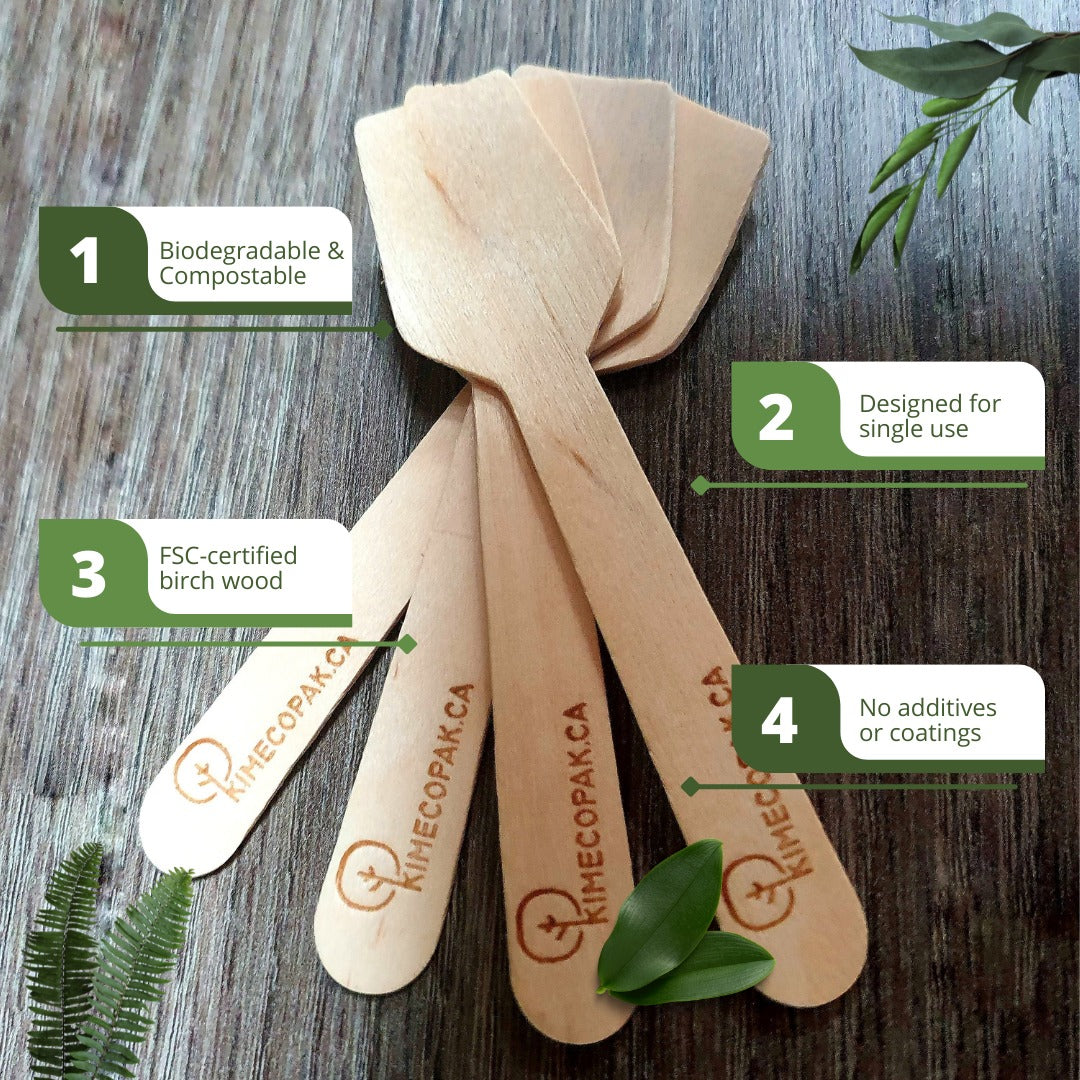Coffee quality is influenced by various factors, from the cultivation and harvesting of the beans to the roasting process. One common issue that can negatively affect the coffee quality is the presence of quaker coffee beans. Quaker beans are underdeveloped beans that have failed to mature properly, and their presence in a batch of coffee can significantly impact the flavor, color, and overall quality of the brew. This article explores how quaker beans affect coffee and what measures can be taken to prevent them during the roasting process.
What is Quaker Coffee Beans?
Quaker coffee is the term used for a faulty – most commonly under-ripe – coffee bean. The reason is poor soil conditions that inhibit the coffee cherry's development. This affects the maturation of sugar and starch, which give the bean its desired flavours. Because the cherry receives insufficient nutrients, it is immature, unripe, and under-developed.
There are 3 different types of quaker coffee beans:
- Tame quaker refers to a quaker caused by an immature coffee bean. These can muddle a coffee’s taste and reduce the cup’s quality if there are a number of tame quakers in a roast. However, their impact is considerably less severe than other quaker types.
- Stinky or Defective quakers are those caused by insect or microbial attacks. This type of quaker can give coffee an unpleasant, rotten flavor due to mold, fungus, or bacteria.
- Under or over-roasted quakers are those caused by issues during a roast, for example, when a bean gets stuck in the roaster. Depending on where it is stuck, this could mean the bean is kept at either a significantly low or high temperature. These beans will appear much lighter or darker than the rest of the batch, making them easy to identify.

Impact of Quaker Coffee Beans on Coffee Quality
Flavor
- Off-Flavors: Quaker beans lack the necessary sugars and organic acids that develop during the maturation process, leading to a lack of complexity in flavor. They often produce a dull, flat taste with undesirable grassy or papery notes.
- Bitterness: The presence of quaker beans can introduce a harsh, bitter taste to the coffee, overpowering the pleasant flavors of well-developed beans.
Color
- Uneven Roasting: Quaker beans do not roast evenly compared to fully developed beans. They often remain lighter in color, which can result in an inconsistent appearance in the roasted coffee.
- Visual Defects: In a batch of roasted coffee, quaker beans stand out as pale or yellowish beans amidst the darker, well-roasted beans, indicating quality issues to discerning consumers.

Aroma
Weak Aroma: The volatile compounds responsible for coffee’s aromatic qualities are underdeveloped in quaker beans, leading to a weaker, less appealing aroma.
Overall Quality
- Reduced Consistency: A single quaker bean can ruin the uniformity and consistency of a batch, affecting both the sensory experience and the perceived quality of the coffee.
- Lower Cupping Scores: In professional cupping sessions, the presence of quaker beans can result in lower scores, impacting the marketability and price of the coffee.
Measures to Prevent Quaker Beans During the Roasting Process
Pre-Roasting Measures
- Selective Harvesting: Ensuring that only ripe cherries are harvested is crucial. Hand-picking ripe cherries helps reduce the likelihood of quaker beans compared to mechanical harvesting methods that may include unripe cherries.
- Proper Sorting: Implementing rigorous sorting techniques post-harvest can eliminate immature beans. Techniques such as flotation (separating beans by density) and using color-sorting machines can effectively remove underdeveloped beans.
Roasting Process Adjustments
- Temperature Control: Maintaining precise control over roasting temperatures can help minimize the impact of quaker beans. However, this cannot entirely mitigate the negative effects if quaker beans are present in the batch.
- Batch Size Management: Roasting smaller batches allows for better control and monitoring of the roasting process, making it easier to identify and remove quaker beans.
Post-Roasting Measures
- Manual Sorting: After roasting, a visual inspection and manual sorting can help identify and remove quaker beans. This process, although labor-intensive, can significantly improve the final quality of the coffee.
- Quality Control Protocols: Implementing stringent quality control protocols throughout the roasting process ensures that any defects, including quaker beans, are detected and addressed promptly.
Technological Solutions
- Optical Sorters: Advanced optical sorting technology can detect and remove quaker beans based on color and density, providing an efficient way to ensure uniformity in roasted coffee.
- Automated Quality Control: Integrating automated quality control systems that monitor and adjust the roasting process in real time can help maintain consistent quality and detect anomalies early.
Conclusion
Quaker coffee beans can significantly diminish the quality of coffee by introducing undesirable flavors, uneven color, and weak aroma. Preventing the presence of quaker beans requires meticulous attention to detail throughout the coffee production process, from selective harvesting and thorough sorting to precise roasting and diligent post-roasting inspections. By implementing these measures, coffee producers can ensure a higher quality product, leading to a more enjoyable and consistent coffee experience for consumers.
Related Articles:







